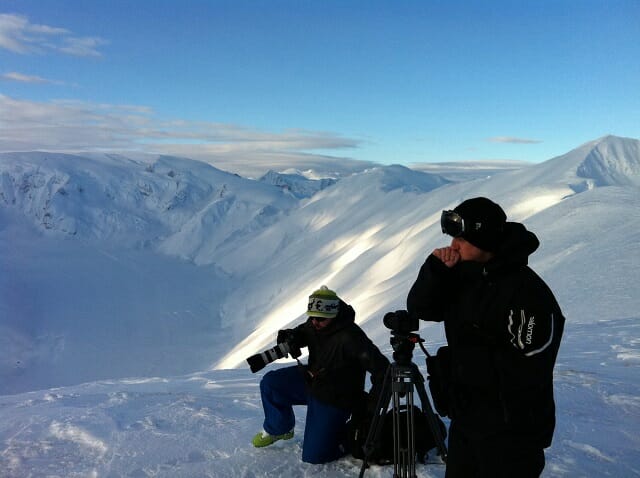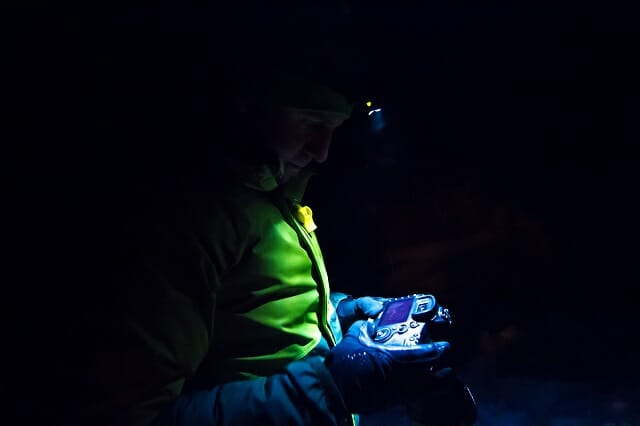Gear advice for ski photography enthusiasts/beginners
The road to becoming successful in the field ski photography is not an easy one. With photography equipment coming down in price and going up in quality ever year, getting a foothold in the ultra-competitive world of ski photography is a challenge in itself, let alone making a living from it.

But everyone has to start somewhere. Industry veterans all have origin stories of the first time they picked up an old camera gathering dust in a drawer somewhere and entered the colourful world of photography. That was a time before the smartphones, Instagram and ubiquity of digital SLR cameras. These days the market is flooded with digital products with lighter and more compact cameras superseding their bulky, more sturdy cousins.
Buying your first camera to shoot skiing is a tough decision. You can spend as much money as you want on gear, but you can’t buy the skills to use it. A first camera body should meet the minimum requirements (see below) while you learn the craft, but not send you bankrupt in the process. After all, you won’t have time to shoot if you’re working overtime to pay off your credit card bill.

Features that are important:
Good glass. It’s easy to get caught up in all the digital features of camera bodies, but at the end of the day the captured image will only be as good as the glass the light is passing through. Lenses take years to be superseded, and even then old versions still do the job.
Continous Shooting Speed. Unless you’re a master at timing the shot perfectly (which you probably aren’t) then you need a camera body with a minimum Continuous Shooting Speed of six to seven frames per second (FPS). Any less than that and it’s likely you’ll miss the best shot when shooting high speed action, like a skier doing a slash turn a few feet away from your lens.
Video capability. You may not need it now with HD capability on your smart phone, but there will come a time when you want to shoot video through that expensive camera. Good thing is that it comes pretty much standard on all new DSLRs.

Features that are not important:
Megapixels. A higher resolution does not equal better photos. If the high end pro cameras are still shooting at 16 Megapixels, why do you need one that’s 30?
Built-in WiFi connectivity. Everyone loves to Instagram, but you should put that photo through some post processing first, shouldn’t you?
Weird/Artistic shooting modes. Keep you photos looking natural without relying on gimmicky in-camera features to make them interesting.
One big piece of advice for the beginners – buy second hand. Good lenses don’t come cheap but don’t really deteriorate unless they are scratched or damaged by water. Ebay is a hive of deals and steals, do your homework and you can enter the industry with solid, moderately-priced gear.
Lastly, learn from online resources. Advice from more experienced photographers will go a long way


